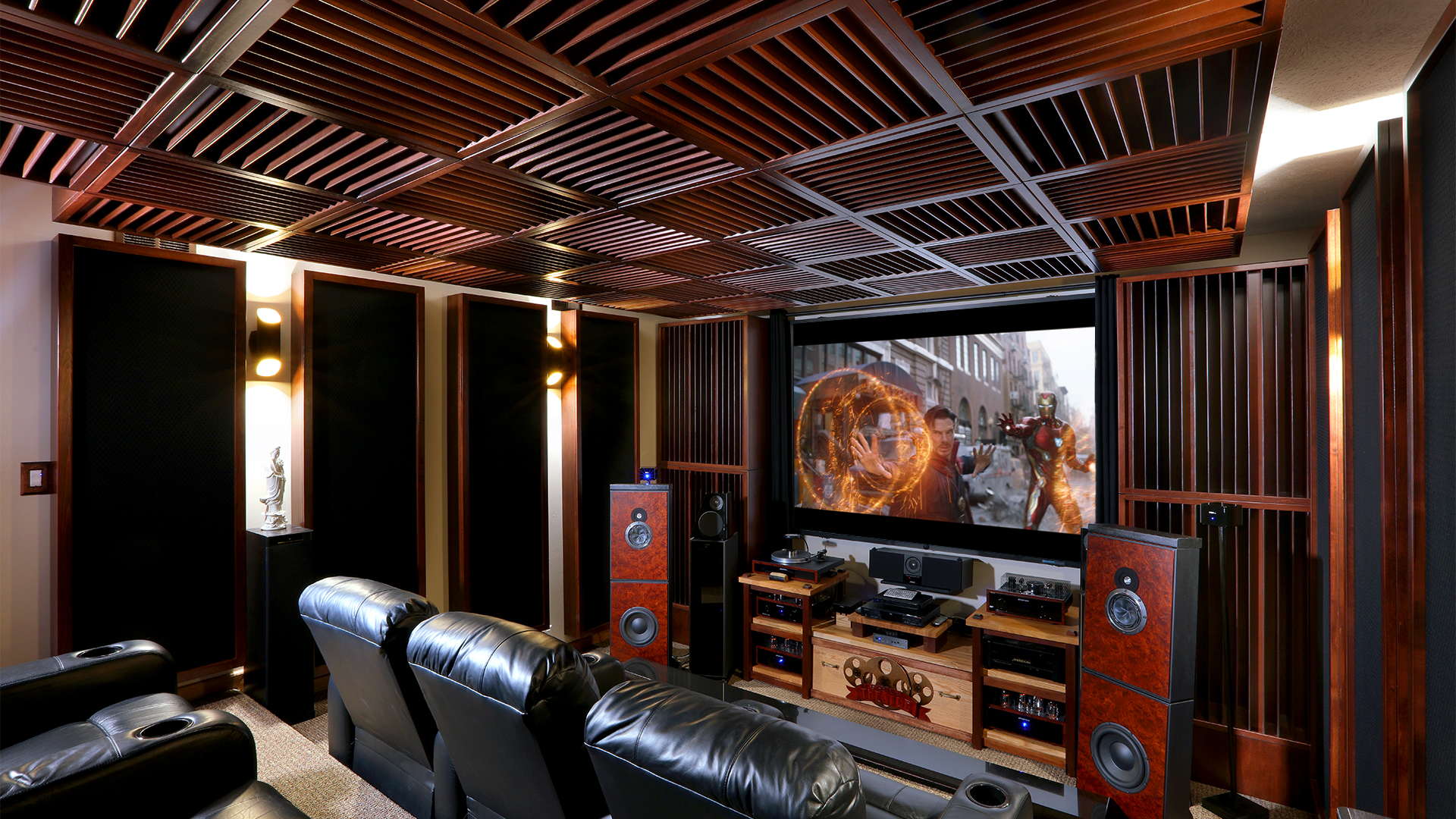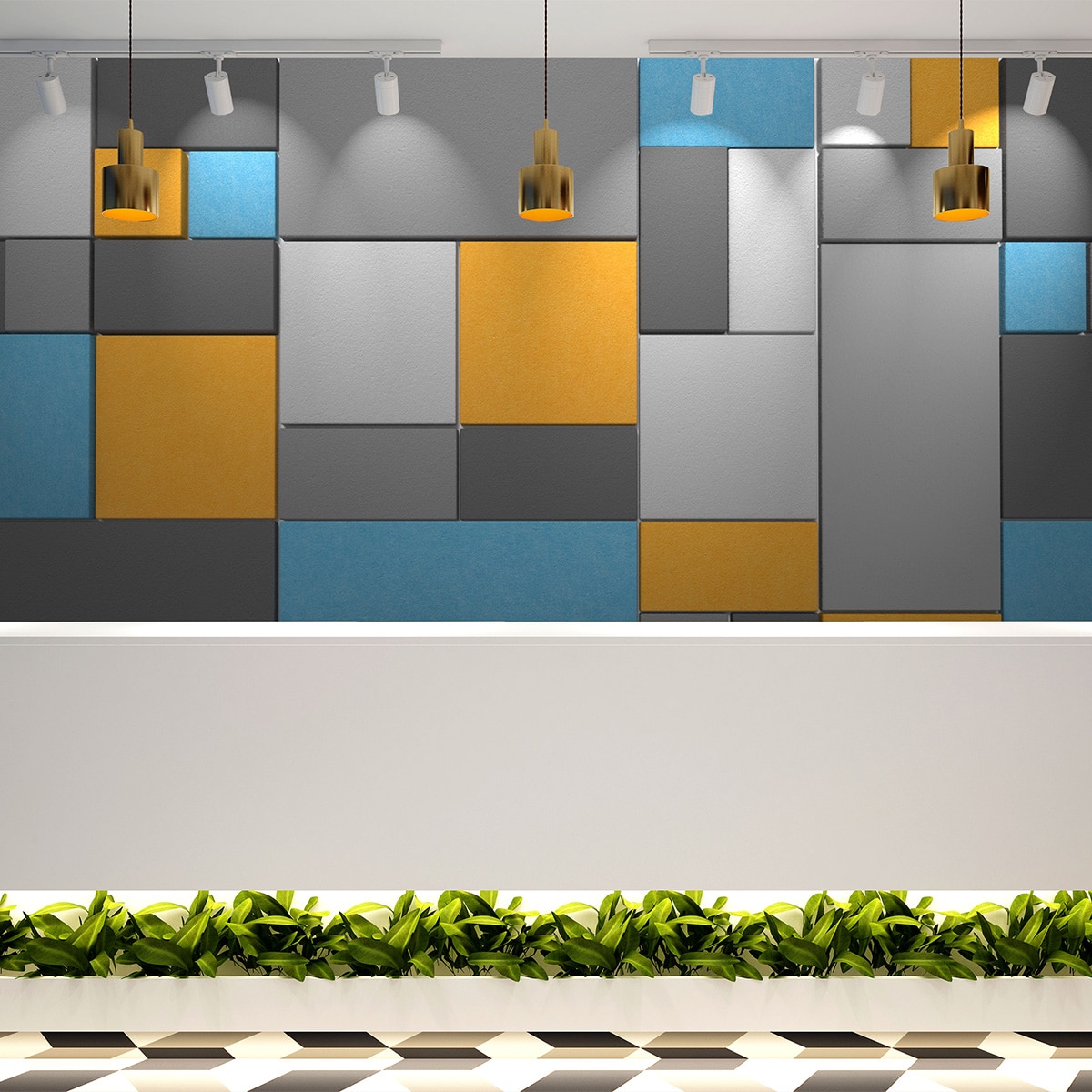Table Of Content

Despite off-the-chart reverberation, zero intelligibility and no allowances for changes to the architecture or interior design, there was enough time to create a multilayered design, which solved every issue. Higher cubicle partitions, room dividers, and office acoustic screens add protective sound buffers between desks. Separating louder departments or enclosing private focus rooms further contains noise leakage. Glass office walls can also achieve beautiful transparency while blocking hundreds of decibels when multi-paned. International WELL Building InstituteThe Acoustic Comfort Features in the WELL Building Standard aim to prevent unnecessary stress, facilitate comfort, productivity, and overall well-being. To mitigate this, an appropriate level of acoustic comfort can be achieved by implementing strategic acoustic design approaches within the architectural vision.
Acoustics 101: Sound + Vibration
The best earbuds 2024: wireless and wired buds for all budgets - TechRadar
The best earbuds 2024: wireless and wired buds for all budgets.
Posted: Mon, 08 Apr 2024 07:00:00 GMT [source]
Sound pressure level in decibels and the human audible frequency range are discussed. The chapter then contrasts how sound waves behave differently indoors versus outdoors. For music performances, longer RT60 times around 1.0 to 2.0 seconds provide better acoustics. Careful acoustic design is required to minimize problematic sound behaviors indoors caused by excessive reverberation and resonance issues.
The Basics Of Architectural Acoustics
For SEN schools, using only Class A soundproofing and absorption is important, as this standard is the most efficient. Yet don’t be fooled by what is advertised on a product data sheet, quite often you will see a Class A absorption rating for a product but only when it is used in a certain way or in combination with other materials. Always seek the advice of an acoustics expert before deciding what materials to use and their placement. In corridors, stairwells, and high traffic areas, the main acoustic issue is often high levels of sounds transferring into adjacent rooms. External noise can be distracting for pupils in lessons, and therefore acoustic treatment such as soundproofing is paramount.
Time
Choosing optimal sound control strategies depends on the types of noise sources, and whether the goal is absorbing overall sound, blocking between rooms, covering pathways, or diffusing focused reflections. Sound diffusers work by scattering focused sound reflections in many different directions. This prevents distinct echoes and flutter reverberation caused by sound bouncing repeatedly between two parallel surfaces. The discrete delayed echo can be distracting and make speech difficult to comprehend. For speech intelligibility, a shorter RT60 or reverberation time of 0.4 to 0.6 seconds is recommended.
This science analyzes noise transmission from building exterior envelope to interior and vice versa. The main noise paths are roofs, eaves, walls, windows, door and penetrations. Sufficient control ensures space functionality and is often required based on building use and local municipal codes. An example would be providing a suitable design for a home which is to be constructed close to a high volume roadway, or under the flight path of a major airport, or of the airport itself.
If only certain spaces in a room require additional soundproofing or if the structural ceiling is left uncovered for aesthetic purposes, acoustic clouds may be installed instead of a full isolated ceiling. Like suspended ceiling systems, acoustic clouds are made from sound absorption panels and are suspended from wires or rods from the main ceiling structure. Acoustic clouds function like miniature suspended ceilings and are typically installed overtop specific workspaces that require better sound control than surrounding areas. Noise control engineering applied to cars and trucks is known as noise, vibration, and harshness (NVH). Other techniques to reduce product noise include vibration isolation, application of acoustic absorbent and acoustic enclosures.

This reduces the internal sound such as echo and excessive reverberation. If you are experiencing auditory discomfort and you can not put a wall between you and the noise, you should utilize this strategy. Sound isolation is the strategy that blocks the unwanted sound that is generated externally. Such as noise from busy roads, airports, or industrial areas with loud noise intruding the interior and causing distraction. This strategy enables the opportunity to set up walls or insulations to create sound barriers between the noise and the user. This step introduces theSound isolation is the strategy that blocks the unwanted sound that is generated externally.
The function of the space determines the need for what degree of acoustical performance is required. We believe that successful acoustical design is the balance of creating solutions to meet both the client’s expectations and their budget. By working with our clients to understand the intended use of a space, we are able to determine the driving factor of the design.
How to Control Acoustics
All acoustic applications should be considered using a related style within the same space. Find existing objects that you already own or recycled materials that fit the property for the acoustic strategy. AMOREPACIFIC is the largest cosmetics company in Korea, responsible for a portfolio of 30 brands. The company’s new headquarters were designed and completed by David Chipperfield Architects, is in Seoul, South Korea. The 22-story cube-shaped building accommodates more than 3,500 AMOREPACIFIC employees.
Refraction is the bending of sound waves caused by changes in the medium through which the wave is passing. For example, temperature gradients can cause sound wave refraction.[27] Acoustical engineers apply these fundamental concepts, along with mathematical analysis, to control sound for a variety of applications. When a sound wave reaches an acoustic material, the sound wave vibrates the fibers or particles of the absorbent material.

By installing absorbers and diffusers in a space, the level of undesirable noise, in the form of echo and reverberation, is reduced. Noise is a relative term and can range from low levels of intrusive sound in a quiet environment to loud sounds in an already noisy environment. When noise levels are high enough, background noise can mask the speech sound levels that you want to hear.
Configure, price and order your Custom Size Acoustic Panels or Custom Size Hardened-Edge Acoustic Panels online now. Regardless of how advanced the sound system and technology are, if the setting is a poor acoustic space, the potential is lost. Soundproofing and acoustic treatment will amplify the capabilities of any technology whether in a music studio or radio room. Sports halls, dining rooms, exam halls and theatre spaces are all key areas in schools where special acoustic considerations must be made. Issues with acoustics in classrooms were also recorded to persist throughout their child’s school years as children are unable to acclimatise to noise as adults can. Whether you’re a Senior Leader in an educational setting, or a designer involved in the refurbishment of a school, this guide sets out to highlight how you can improve school acoustic comfort for both staff and students.
During the schematic design, mechanical equipment rooms can be relocated, or the architectural shape of a room can be slightly readjusted, with minimal impact to the overall project cost. When acoustic consultants work as part of the project team from the initial design phase, solutions are easier and less costly to implement. In summary, this chapter provides a comprehensive overview of the fundamentals of sound and acoustic design considerations for improving indoor sound quality through strategies like absorption, diffusion, and noise blocking. Next, the causes of problematic reverberation and echoes indoors are examined. Hard, reflective surfaces and inadequate absorption lead to excessive reverberation that reduces speech clarity.
Criterion Acoustics is committed to designing tailored solutions on a per project basis. We avoid reusing standard designs as this leads to over-designing and increased cost. We remain current on new electro-acoustic solutions including active noise cancellation technology and digital signal processing for effective noise control. By considering both architectural and electro-acoustic solutions, we achieve better results with a well-rounded approach.
Requests for bids or budgets can be required anywhere from a one-day to one-month return. It’s important to get a working schedule at the beginning of a project before serious design iterations start. Many clients decide to lower or raise that bar, but at its starting point functionality is key. It will affect every decision from paint to flooring to internet to audiovisual equipment, and even floor plans and space planning. In addition to providing expertise in writing the WELL Building Standard with DELOS, Cerami has worked on several projects pursuing various levels of Certification. One of the most notable project being the American Society of Interior Designers Headquarters in Washington, DC, which is now an occupied living laboratory for their staff.

No comments:
Post a Comment